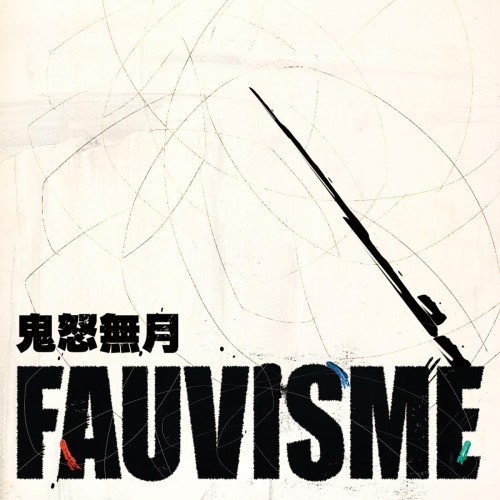Roy Eldridge - That's What I'm Here For (2024)
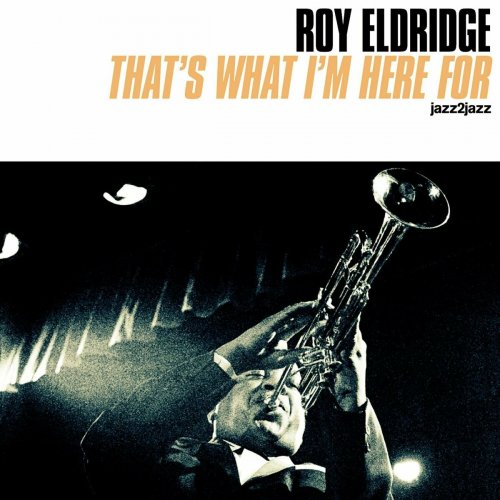
Artist: Roy Eldridge
Title: That's What I'm Here For
Year Of Release: 2024
Label: Nagel-Heyer Records GmbH
Genre: Jazz
Quality: FLAC (tracks)
Total Time: 109:54 min
Total Size: 661 MB
WebSite: Album Preview
Tracklist:Title: That's What I'm Here For
Year Of Release: 2024
Label: Nagel-Heyer Records GmbH
Genre: Jazz
Quality: FLAC (tracks)
Total Time: 109:54 min
Total Size: 661 MB
WebSite: Album Preview
01. Young Bean
02. Sweethearts on Parade
03. They Can't Take That Away from Me
04. Stormy Weather
05. Gigantic Blues
06. Tea for Two
07. Sweet Georgia Brown
08. I'm Through with Love, The Nearness of You, Moonlight in Vermont, Summertime
09. De-Dar
10. The Gypsy in My Soul
11. I Didn't Know What Time It Was
12. Blue Moon
13. Ja-Da
14. Please Don't Talk About Me When I'm Gone
15. A Foggy Day
16. Jazz Me Blues
17. The Nearness of You
18. That's a Plenty
19. Royal Garden Blues
20. The Song Is Ended
Roy Eldridge is one of the most influential musicians of the swing era and a precursor of bebop.
But unlike many trumpet players, Roy Eldridge did not derive most of his inspiration from other trumpeters, but from saxophonists. He first developed his solo style by playing along to recordings of Coleman Hawkins and Benny Carter, and later said that, after hearing these musicians: "I resolved to play my trumpet like a sax."
Eldridge was very versatile on his horn, not only quick and articulate with the low to middle registers, but the high registers as well; jazz critic Gary Giddins described Eldridge as having a "flashy, passionate, many-noted style that rampaged freely through three octaves, rich with harmonic ideas impervious to the fastest tempos."
But unlike many trumpet players, Roy Eldridge did not derive most of his inspiration from other trumpeters, but from saxophonists. He first developed his solo style by playing along to recordings of Coleman Hawkins and Benny Carter, and later said that, after hearing these musicians: "I resolved to play my trumpet like a sax."
Eldridge was very versatile on his horn, not only quick and articulate with the low to middle registers, but the high registers as well; jazz critic Gary Giddins described Eldridge as having a "flashy, passionate, many-noted style that rampaged freely through three octaves, rich with harmonic ideas impervious to the fastest tempos."
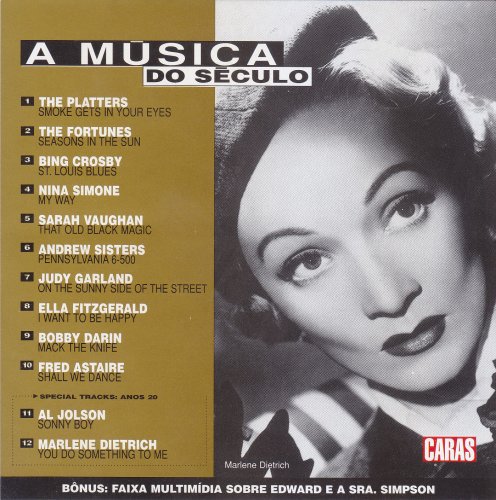
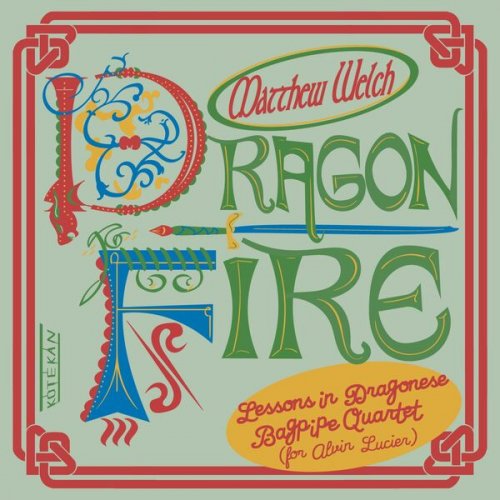
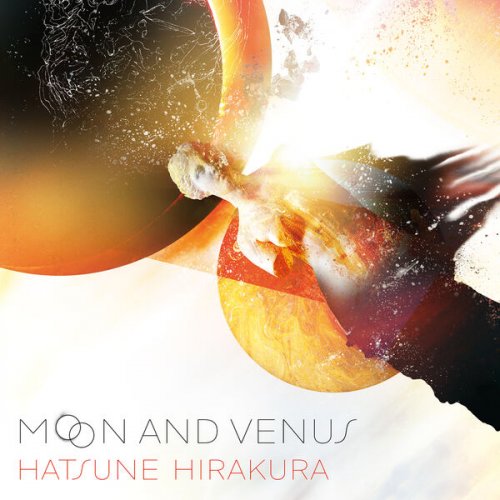
![The Incomprehensible Danny Midnight Orchestra - Metamorphoses (2025) [Hi-Res] The Incomprehensible Danny Midnight Orchestra - Metamorphoses (2025) [Hi-Res]](https://img.israbox.com/img/2025-11/27/bpk3exstlqyjr6vqmdzoefa5w.jpg)
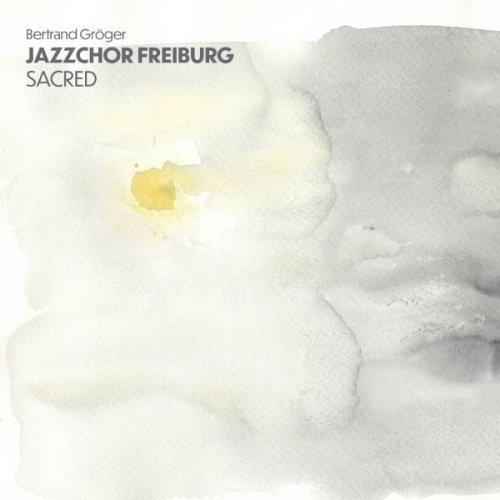
![Peter Thomas Sound Orchester - Der Kommissar (Music from the Original TV-Series, 1969-1972) (2025) [Hi-Res] Peter Thomas Sound Orchester - Der Kommissar (Music from the Original TV-Series, 1969-1972) (2025) [Hi-Res]](https://img.israbox.com/img/2025-11/27/165qwc4fety4v5oq63cdmjhm4.jpg)
